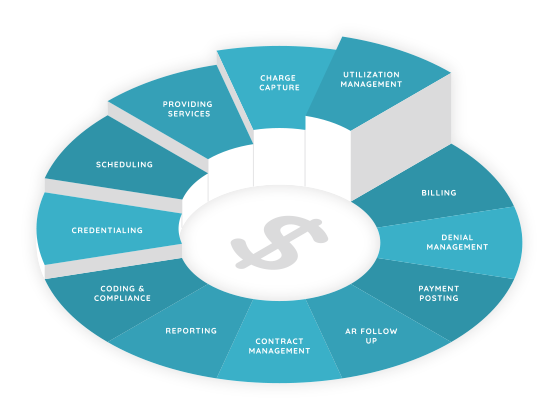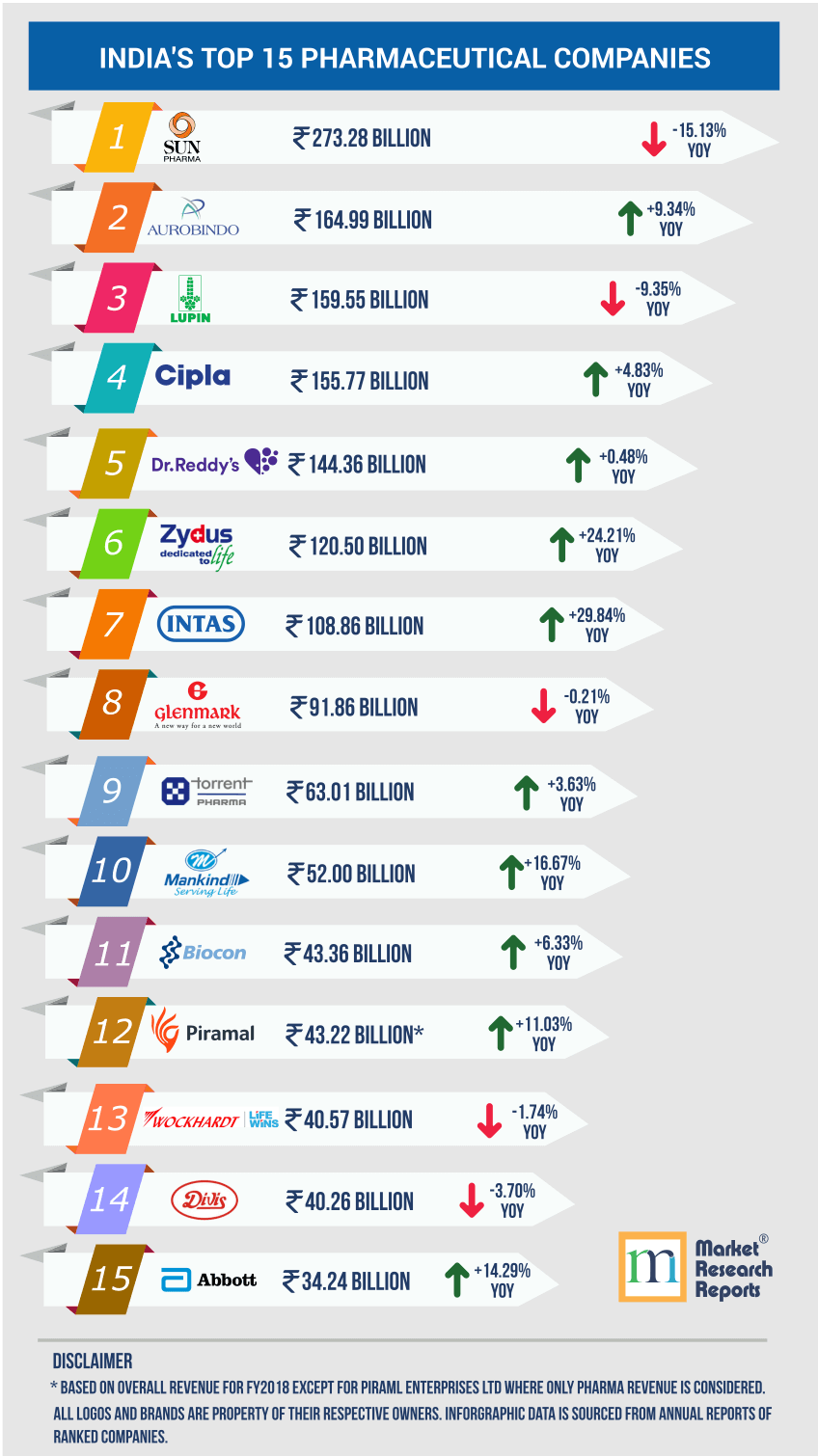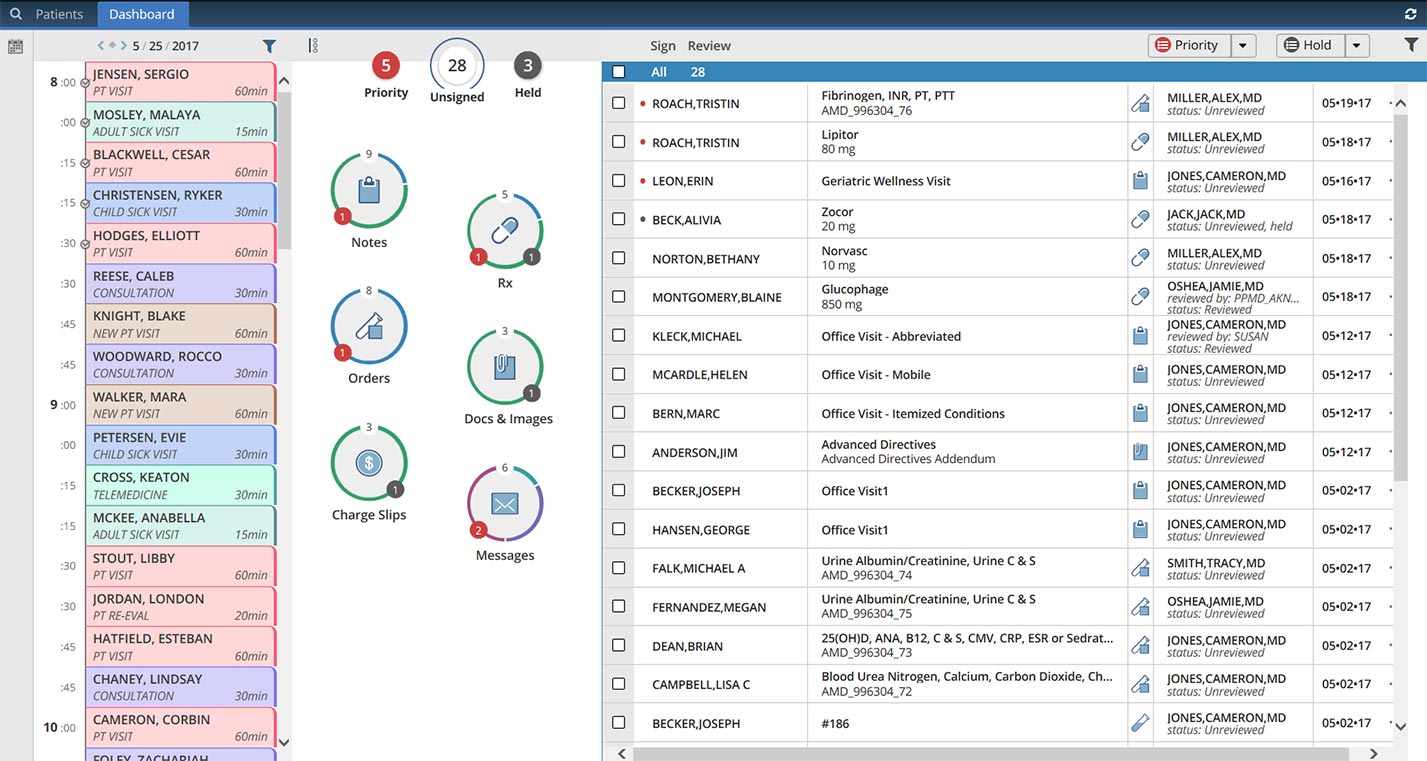Financial leaders need to consider revamping their organizations approach to revenue cycle management. Performance in revenue cycle is measured in three phases.
 5 Ways Your Pharmacy Can Boost Your Revenue Cycle Youtube
5 Ways Your Pharmacy Can Boost Your Revenue Cycle Youtube
To find out how you compare to other health systems you can purchase benchmarking data.

Hospital revenue cycle. Opportunities created by the ACA of patient responsibility providers will face the same difficulties in calculating patient respon-sibilities as they do today with the added component of government-mandated cost-sharing caps for those with Silver plans. Effective hospital revenue cycle management practices have gained in importance in todays hospital business environment in which many hospitals are confronted with stricter regulations and billing requirements more thorough preauthorization and precertification underpayments and greater delays in payments. Third Party Follow Up.
The process encompasses the identification management and collection of patient service revenue. It should become clearer that having a process in place for. The revenue cycle in a medical practice can be envisioned in 7 basic steps beginning with deploying RCM software or outsourcing the work to a third party authorizing patients prior to service determining patient eligibility and benefits submitting claims dealing with posted payments managing denials and generating reports.
The process starts when a patient first contacts a healthcare provider and finishes when the invoice is settled in full. Basically then the revenue cycle is everything that happens from the moment a patient account is created at intake whether thats a doctors office outpatient clinic tertiary care center or other site through payment for the particular treatment surgery or care package. As a business hospitals need to remain profitable to continue serving patients.
Making it easier for patients to pay you. Hospitals have to ensure their organizations are paid for services rendered or in other words that they collect payments from patients and payers. It acts as a bridge between the business and clinic sides of the healthcare industry.
The simple definition of hospital revenue cycle management is the steps you must. Hospitals and other providers should track the COVID-19 impact on revenue cycle processes. Revenue management is not just the responsibility.
Explore the link between revenue codes and diagnosis and procedure codes. The healthcare revenue cycle can be broken down into nine steps. Referencing a revenue cycle flowchart like the one below can help providers better understand the structure of the process.
Changes to patient financial responsibility affect copayments and deductibles along with referrals. Identify the correlation between claim form locators and revenue. Health care leaders have traditionally relied on disparate administrative and clinical functions to optimize the revenue cycle from beginning to end.
DATA COLLECTION is the first of your revenue cycle steps. Review components of the four-digit revenue code. At this stage a prospective.
Revenue cycle management is arguably the backbone of any medical practice. The revenue cycle process has many moving parts with numerous individuals and systems playing important roles to ensure that payers are billed accurately and the facility is properly reimbursed for its services. The seven steps of revenue cycle include preregistration registration charge capture claim submission remittance processing insurance follow-up and patient collections.
Learn what revenue codes are and their impact on the revenue cycle. Hospital revenue cycle operations. But a poorly managed revenue cycle puts you at risk of errors that can negatively impact your bottom line.
The purpose of this publication is to. The revenue cycle is one area of the hospital that is labor-intensive. Revenue Cycle Management RCM includes all administrative and clinical functions that contribute to the capture management and collection of patient service revenue.
Hospital revenue cycle management includes all clinical and administrative functions related to the generation management and collection of patient care revenue. Revenue Cycle Steps Simplified. Revenue cycle starts with the appointment or hospital visit and ends when the provider or hospital gets paid fully for the services provided.
Healthcare revenue cycle management is the financial process that facilities use to manage the administrative and clinical functions associated with claims processing payment and revenue generation. Hospital Revenue Cycle Best Practices for Profitability Understanding Hospital Revenue Cycle. Registration on the front-end coding in mid-cycle and back-end billing.
Notable billing and coding issues may arise from additional use of telehealth and changes to Medicare regulations. Although historically focused on back end tasks such as billing and collections in recent years hospital financial managers have directed more of their attention to the front end of the revenue cycle including patient scheduling. These complicating factors will likely decrease exist-ing levels of effectiveness in collecting pay-ments.
Without relevant industry standards leaders are forced to gauge performance by instinct or institutional precedent. With our comprehensive service offering we can help you achieve your goals and continue providing healthcare to your community. Hospital revenue management or revenue cycle management or medical billing cycle management is the process by which hospitals generate and collect revenue.
Revenue Cycle performance improvement continues to be a major priority for hospital finance departments and data remains critical to this effort. When trending be sure to look at both hospital and physician billing data for a full picture of your revenue cycle. The following diagram illustrates the key components.
An economical option is HFMAs Healthcare Financial Management Association MAP Measure Apply Perform initiative which sets the industry standard for revenue cycle excellence. This approach can overlook potential improvement areas or leave operations under-resourced. Theres been much more emphasis on front-end of the revenue cycle to get payments up-front or for a digital solution to set up periodic payments.









